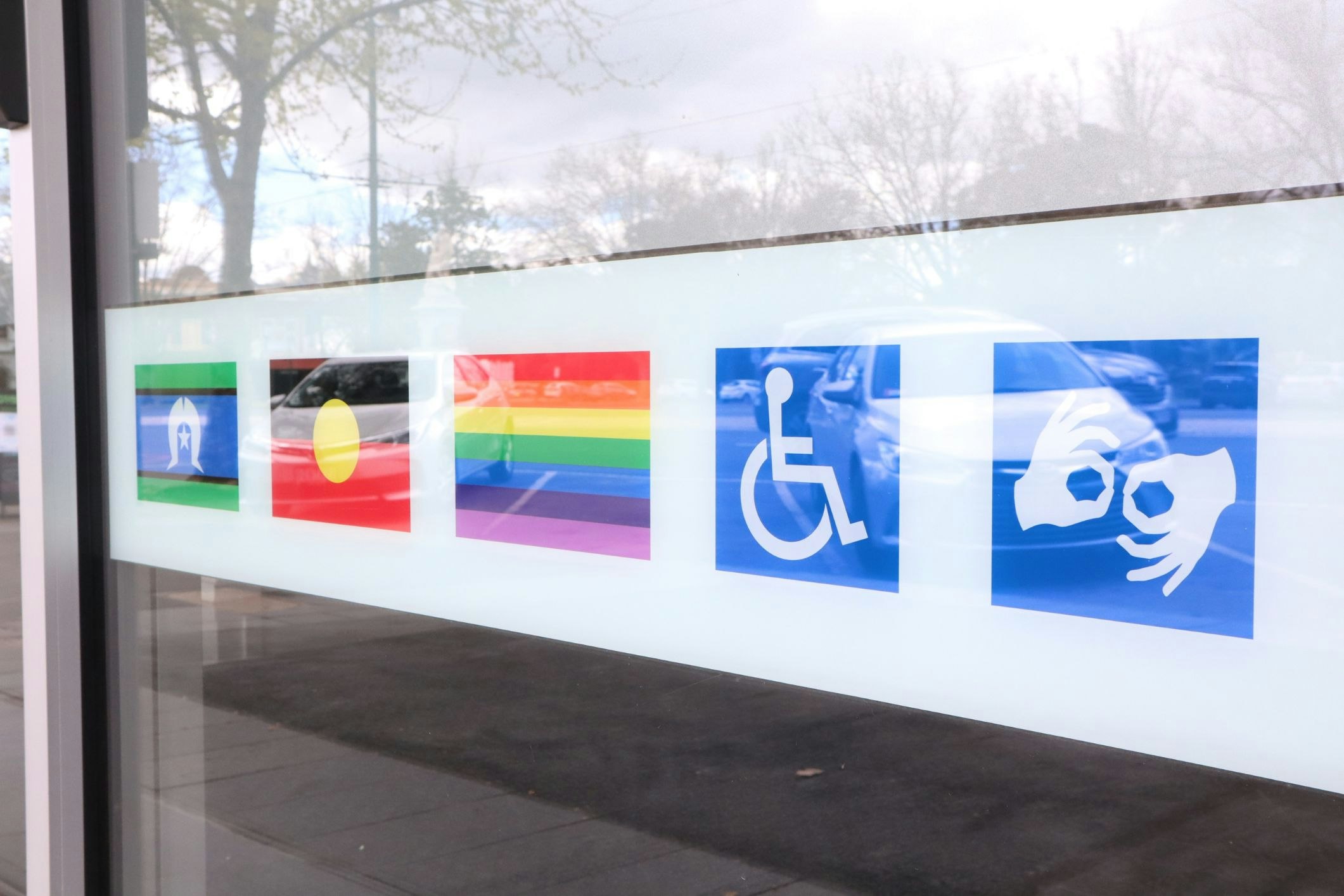The Push for Disability Reform: Seeing the Underlying Issues

Many individuals live with disabilities that are not immediately apparent, often referred to as invisible disabilities. These conditions, including neurological disorders, autoimmune diseases, chronic pain, and mental health disorders, lack outward signs, leading to frequent misunderstandings and invalidation. The common phrase 'you don't look disabled' can undermine the daily struggles of those coping with these conditions, reinforcing the misconception that disability must be visible to be legitimate.
Living with an invisible disability presents numerous challenges. Beyond managing symptoms, individuals face social stigma, internalized guilt, and limited access to appropriate support. Public spaces and services often fail to accommodate their needs due to narrow definitions of disability, and there is societal pressure to appear well. This invisibility also hinders advocacy, as their experiences are often doubted, perpetuating a cycle of misunderstanding, especially among older adults whose symptoms are dismissed as 'just getting old.'
Increasing awareness is fostering more inclusive and human-centered support systems. The National Disability Insurance Scheme (NDIS) now recognizes many invisible disabilities, particularly those significantly impacting daily functioning. General practitioners and advocates can assist in navigating eligibility for formal support. Community and peer groups offer transformative support through shared understanding, with local councils and online groups providing tailored networks for chronic illnesses, neurological conditions, and mental health.
Assistive tools extend beyond traditional aids like wheelchairs, including noise-canceling headphones, fatigue management apps, digital planners, and disability parking permits. Workplace and social adjustments, such as reduced hours, setting boundaries, and using hidden disabilities lanyards, empower individuals to make their invisible needs visible on their own terms.
A culture shift is essential to support those with invisible disabilities, moving from suspicion to trust and from assumptions to empathy. This involves listening without judgment and recognizing the diverse forms of disability, not all of which are visible. Offering patience, compassion, and the benefit of the doubt is crucial, as support does not require seeing the struggle to believe it.
Australia's disability system is undergoing review, prompted by community frustration, service gaps, and findings from the Disability Royal Commission and the NDIS Review. The Disability Reform Action Plan, released in May 2025 by National Disability Services, outlines key changes for the next five years, aiming to address long-standing issues in disability support design, delivery, and funding, both inside and outside the NDIS.
The plan emphasizes foundational supports for everyone, ensuring access to basic services like therapy, equipment, and respite for all people with disability, not just NDIS participants. It proposes a simpler, more connected system to reduce bureaucratic navigation, stronger safeguards to prevent abuse and neglect, and clearer standards for quality support. Investment in training, better pay, and stronger career pathways for support workers are included to improve workforce conditions and outcomes.
Practical outcomes of these changes could include more reliable support, especially in rural areas, reduced stress in navigating the system, higher standards of care, and greater choice and voice for people with disability, including those outside the NDIS. The plan is a starting point, requiring government, providers, and communities to translate goals into reality through policy changes, funding reform, ongoing consultation, and pressure on providers to meet new standards.
Recommended Articles
How to reform the NDIS and better suppor... | Disability Support Guide

This article was written by Sam Bennett, Director of the Grattan Institute’s Disability Program, along with Associates.....
Critical Issues in Disability Support and Services

From Australian Pride Month celebrations focusing on intersectional inclusion for people with disabilities to critical d...
NDIS Focus: Empowering Persons with Disabilities Through Supported Living

The National Disability Insurance Scheme's (NDIS) Supported Independent Living (SIL) program empowers Australians with d...
NDIS Focus: Assisting with Mental Health Challenges Through Supported Living

Supported Independent Living (SIL) under the NDIS provides essential, personalized support for Australians with mental h...
When the NDIS becomes the only option: f... | Disability Support Guide

Many are wondering about the viability of the National Disability Insurance Scheme as the Australian Government has...
You may also like...
Diddy's Legal Troubles & Racketeering Trial

Music mogul Sean 'Diddy' Combs was acquitted of sex trafficking and racketeering charges but convicted on transportation...
Thomas Partey Faces Rape & Sexual Assault Charges

Former Arsenal midfielder Thomas Partey has been formally charged with multiple counts of rape and sexual assault by UK ...
Nigeria Universities Changes Admission Policies

JAMB has clarified its admission policies, rectifying a student's status, reiterating the necessity of its Central Admis...
Ghana's Economic Reforms & Gold Sector Initiatives

Ghana is undertaking a comprehensive economic overhaul with President John Dramani Mahama's 24-Hour Economy and Accelera...
WAFCON 2024 African Women's Football Tournament

The 2024 Women's Africa Cup of Nations opened with thrilling matches, seeing Nigeria's Super Falcons secure a dominant 3...
Emergence & Dynamics of Nigeria's ADC Coalition

A new opposition coalition, led by the African Democratic Congress (ADC), is emerging to challenge President Bola Ahmed ...
Demise of Olubadan of Ibadanland
Oba Owolabi Olakulehin, the 43rd Olubadan of Ibadanland, has died at 90, concluding a life of distinguished service in t...
Death of Nigerian Goalkeeping Legend Peter Rufai

Nigerian football mourns the death of legendary Super Eagles goalkeeper Peter Rufai, who passed away at 61. Known as 'Do...